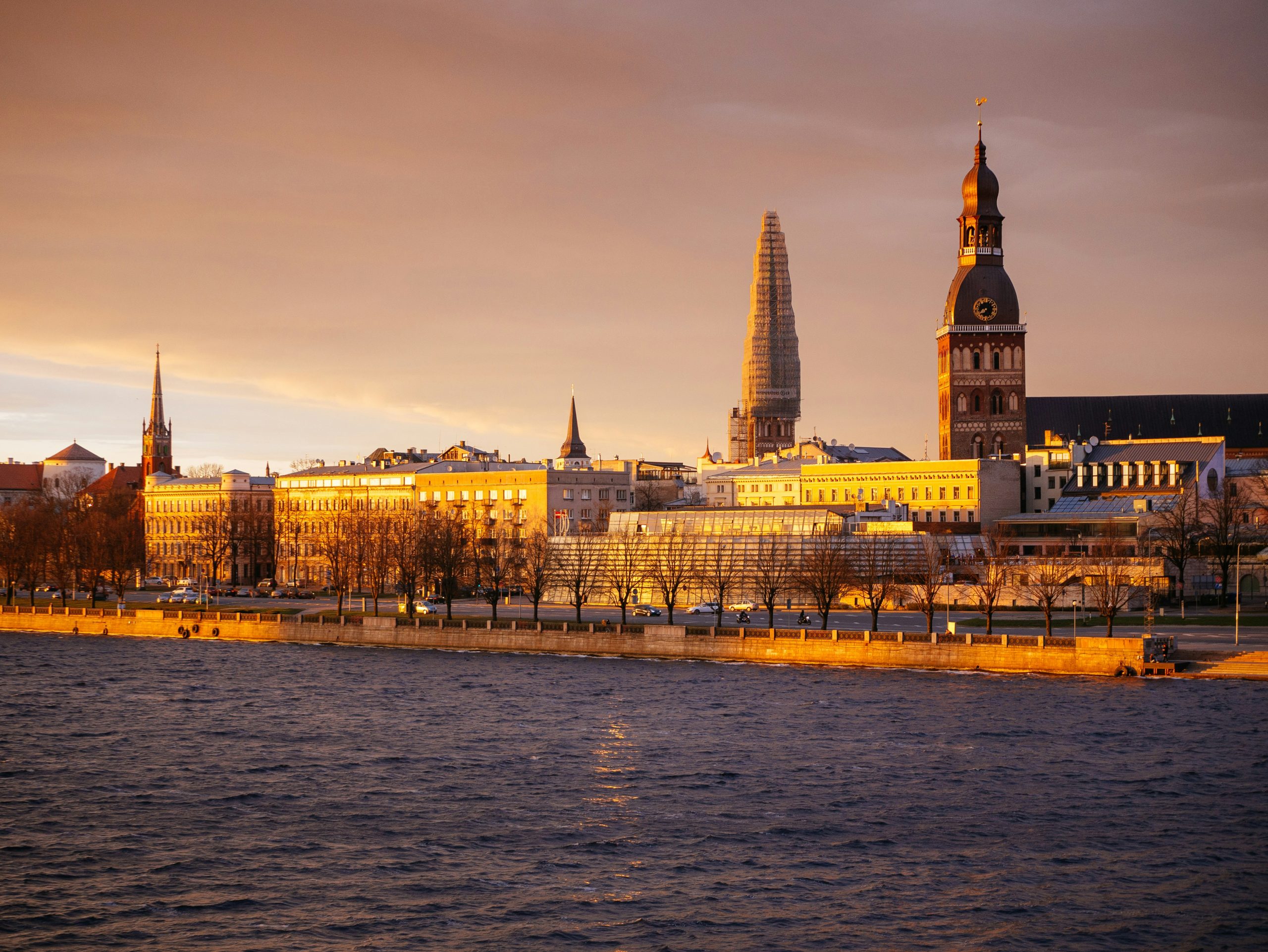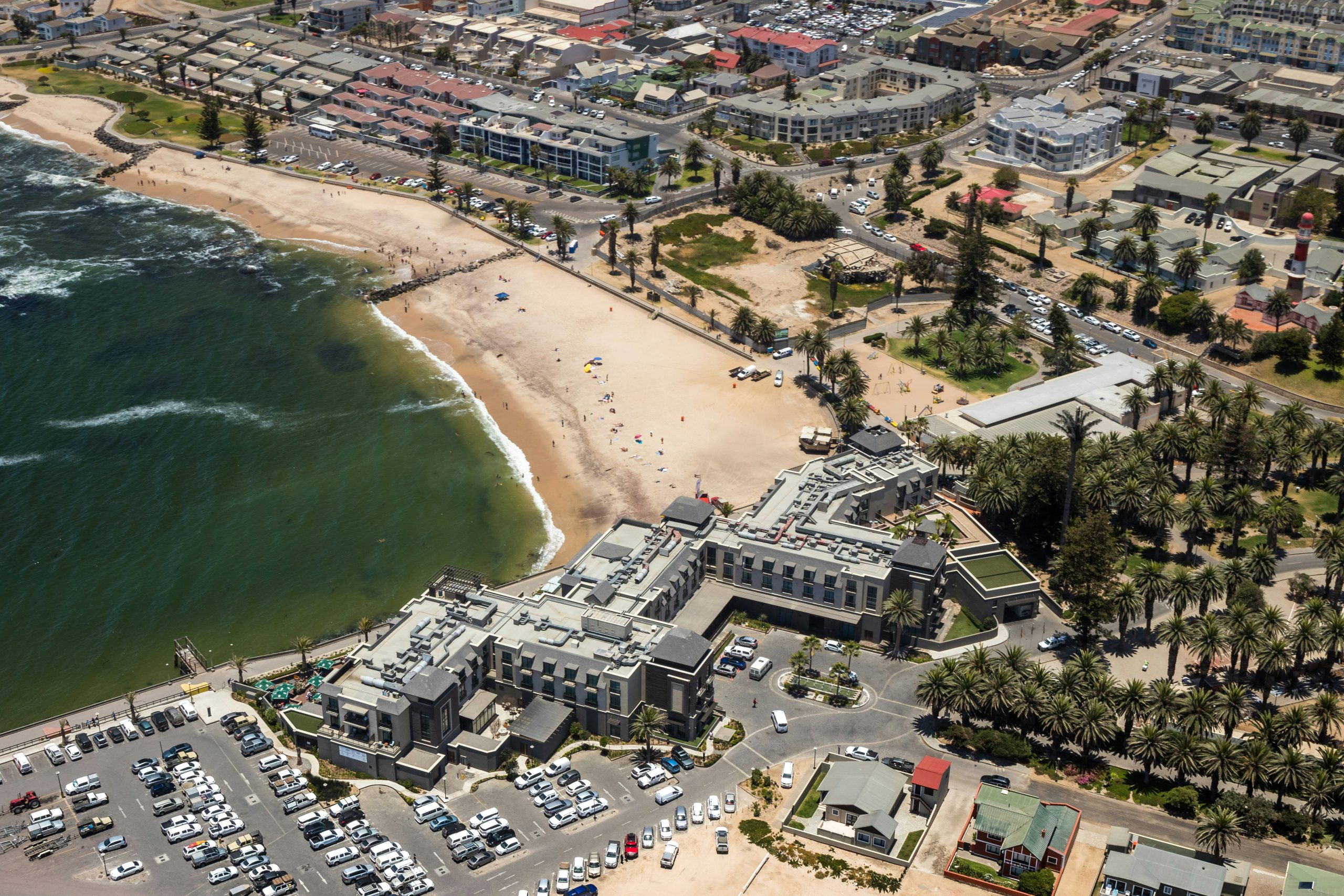Latvia to Investigate Hydrogen Filling Infrastructure

The Vidzeme Planning Region (VPR) has signed an agreement with SIA “Ernst & Young Baltic” to study where to build hydrogen filling stations in the Latvian region Vidzeme. The European Union will fund the project.
A study will be conducted to find out where it would be worthwhile to build hydrogen filling stations in Latvia
As the VPR representative Anita Āboliņa informed the Latvian main news agency LETA, the company will study the most optimal locations of hydrogen filling stations and potential customers. The project’s overarching goal is to promote the use of hydrogen vehicles, including cargo transportation.
According to the regulation of the European Parliament and the Council on the introduction of alternative fuel infrastructure, by the end of 2030, member states must provide publicly available hydrogen filling stations with a minimum cumulative capacity of one ton per day and which would be located at a distance of no more than 200 kilometers from each other. The goal is to ensure that at least one publicly accessible hydrogen filling station is placed in every city.
The study plans to identify the prerequisites and evaluate various aspects that affect the development of hydrogen filling stations. The order aims to determine the most optimal locations of hydrogen filling stations and potential customers in the Vidzeme region, Estonia on the “Via Baltica” route and the Vidzeme and Valmiera highways. The potential demand and supply of hydrogen fuel in the Riga agglomeration and the Bauska highway will be considered during the concept’s development.
VPR promises that the document will be useful for state and local government institutions that want to promote the use of alternative energy sources for freight transportation by road and to advance the development of hydrogen-filling infrastructure. The document will also be available to cargo carriers and logistics companies to make decisions for business development. The concept is planned to be developed by November.
Similar studies are conducted in Lithuania, Poland, Finland and Germany. All the concepts of the five countries will identify places where hydrogen filling stations can be placed, which will serve as a basis for creating hydrogen filling station infrastructure in the eastern part of the North Sea-Baltic Sea transport corridor.
The business sector is also involved in implementing the project – hydrogen fuel producers, transporters, users, national and regional level public administrative institutions and the research sector in Latvia, Germany, Finland, Lithuania, Poland, Sweden and Estonia.

